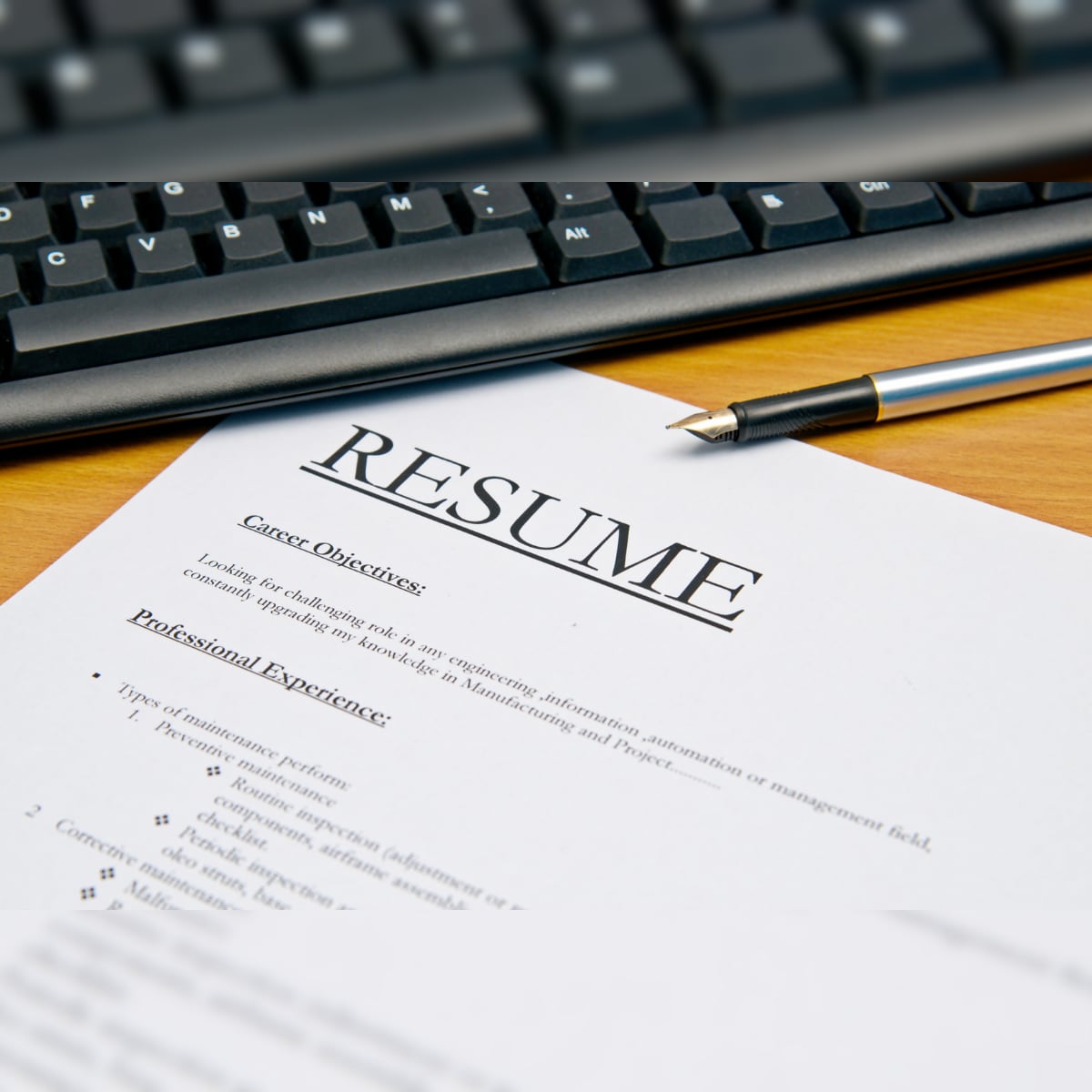When you’re job hunting, your resume is your first impression. If it’s not up to par, it could be the only impression you make.
A study by TheLadders found that recruiters spend an average of six seconds looking at a resume before deciding whether to move forward. That means you have to make a good impression quickly.
The format of your resume can be just as important as the content. If it’s difficult to read or cluttered, chances are good that recruiters will move on to the next one.
There are a few simple things you can do to make sure your resume format is working for you and not against you. First, use clear headings and section titles to organize your information in an easily digestible way. Second, use bullet points rather than long paragraphs to highlight your skills and accomplishments.
Resume format is important
When it comes to your job prospects, the format of your resume is just as important as the content. A well-formatted resume can make the difference between getting your foot in the door or being passed over entirely. Here are a few things to keep in mind when formatting your resume.
Your resume must, above all, be simple to read. Use clear, concise language and avoid dense blocks of text. When possible, use bullet points, and divide up the various sections of your resume using headings and spaces.
The difference between a good and bad resume format
It’s no secret that first impressions are important. In today’s job market, your resume is often the first introduction that potential employers have to you. With so much riding on such a small document, it’s crucial to format your resume in a way that will make the best impression possible.
There are a few key elements that can make or break your resume format.Your resume should be simple and easy to understand first and foremost. Hiring managers often spend only a few seconds looking at each resume, so you need to make sure they can quickly and easily see your most relevant qualifications.
In addition, your resume should be visually appealing. A cluttered or poorly designed resume is likely to end up in the trash pile, regardless of your qualifications. To design a paper that looks professional, use simple fonts and clean lines.
Finally, pay attention to the details.
How to choose the right resume format
When you are job searching, you want your resume to stand out from the rest of the applicants. The format of your resume can make a big difference in whether or not you get an interview. Here are some tips on how to choose the right resume format:
1. If you have a lot of work experience, a chronological resume is the way to go. This type of resume lists your work history in reverse chronological order, with your most recent position listed first.
2. If you have several gaps in your employment history, or if you are changing careers, then a functional resume may be a better option. Instead of focusing on your employment history, this form of resume promotes your talents and credentials.
3. If you are just starting out in your career, or if you have very little work experience, then a chronological resume is probably the best option for you as well.
The most common resume formats
When it comes to resumes, there are three common formats that job seekers use: chronological, functional, and combination.
Chronological resumes list your work experience and education in reverse chronological order, with your most recent experiences and credentials at the top. This is the most commonly used resume format and is best for candidates with a steady work history.
Functional resumes focus on your skills and accomplishments rather than your work history. This can be a good option for candidates with gaps in their employment history or those who are changing careers.
Chronological and functional resume components are combined in combination resumes. This format allows you to highlight both your work history and relevant skills and accomplishments.
The best resume format for your situation
In today’s job market, your resume is more important than ever. The right resume format can make or break your chances of getting the job you want. Here are some tips to help you choose the best resume format for your situation.
If you have a lot of work experience, then a chronological resume format is probably the best choice. Your most recent employment is mentioned first and your work history is provided in reverse chronological order on this kind of resume. This is the most common type of resume, and it is a good choice if you have a solid work history.
Conclusion: Resume format is important
There is no one size fits all when it comes to resumes. The format of your resume can make a big difference in whether or not you get called in for an interview.
The chronological, functional, and hybrid formats are the three basic categories of resumes. Which one you choose will depend on your work history, skills, and career goals.
If you have a strong work history and want to highlight your progression in your career, the chronological format is a good choice. This format lists your experience in reverse chronological order, with your most recent job first.



